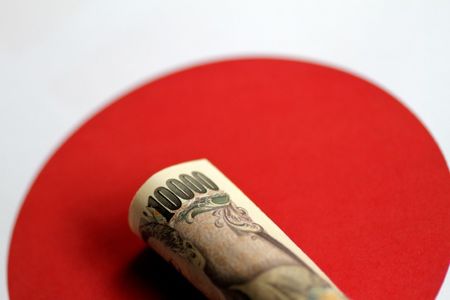Forex
Asia FX weak amid dollar strength; yen on intervention watch

Investing.com– Most Asian currencies were fragile on Monday as the dollar steadied near two-month highs, while weakness in the Japanese yen sparked caution over potential intervention measures by Tokyo.
Sentiment towards regional markets was also dampened by fears of a trade war between China and the European Union, after Chinese officials warned of retaliatory measures against European tariffs on Chinese electric vehicles.
Markets were also reeling from stronger-than-expected U.S. purchasing managers index readings, which sparked heavy flows into the dollar and out of risk-driven assets.
Japanese yen weak, on intervention watch as USDJPY nears 160
The yen was the biggest point of focus among Asian currencies on Monday, as its pair, which gauges the amount of yen needed to buy one dollar, came within spitting distance of 160 yen.
The level was the pair’s highest since 1986, and had attracted heavy amounts of government intervention in currency markets in May, which saw the USDJPY pair fall as low as 151.
The yen’s recent weakness drew warnings from several major Japanese officials over more intervention. Top currency diplomat Masato Kanda said the government would “intervene 24 hours a day if necessary.”
His comments spurred some strength in the yen, with the USDJPY pair falling to 159.7 yen.
Chinese yuan, Asia FX under pressure from EU tensions
The Chinese yuan’s pair steadied at a seven-month high on Monday, as the yuan was battered in recent weeks by souring relations between China and the EU.
Chinese officials said over the weekend that a trade war with the EU was possible in the face of import tariffs on Chinese EVs. German and Chinese ministers were also set to meet this week.
Concerns over a trade war kept traders averse to risk-heavy currencies, which sparked weakness in most Asian units. The Australian dollar’s pair fell 0.1%, while the South Korean won’s pair rose 0.1%.
The Singapore dollar’s pair rose slightly, while the Indian rupee’s pair fell 0.1% but remained in sight of recent record highs.
Dollar strong, PCE inflation awaited
The and both rose slightly in Asian trade and were at their highest levels since early-May.
The greenback was boosted by stronger-than-expected PMI readings, which sparked concerns that a resilient U.S. economy would give the Federal Reserve more headroom to keep rates high.
Focus was now on key data, due this Friday. The reading is the Fed’s preferred inflation gauge and is likely to factor into the outlook for interest rates.

 Forex3 years ago
Forex3 years agoForex Today: the dollar is gaining strength amid gloomy sentiment at the start of the Fed’s week

 Forex3 years ago
Forex3 years agoUnbiased review of Pocket Option broker

 Forex3 years ago
Forex3 years agoDollar to pound sterling exchange rate today: Pound plummeted to its lowest since 1985

 Forex3 years ago
Forex3 years agoHow is the Australian dollar doing today?

 Cryptocurrency3 years ago
Cryptocurrency3 years agoWhat happened in the crypto market – current events today

 World3 years ago
World3 years agoWhy are modern video games an art form?

 Commodities3 years ago
Commodities3 years agoCopper continues to fall in price on expectations of lower demand in China

 Economy3 years ago
Economy3 years agoCrude oil tankers double in price due to EU anti-Russian sanctions


























